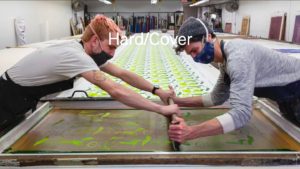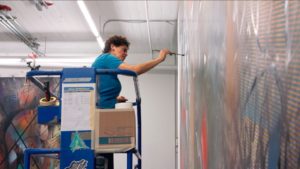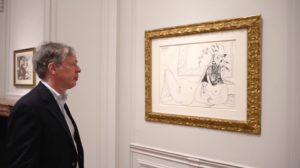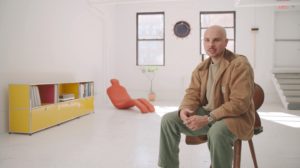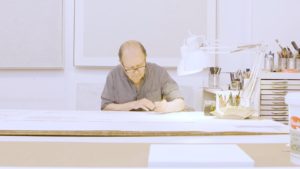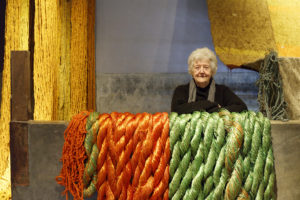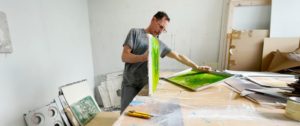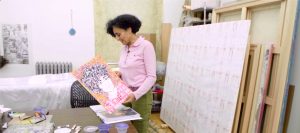“After Masaccio, painting is clearly a kind of logic. The issue of color is tied to craftsmanship. … In fact, in Greek, painting is called ‘zografikí,’ which means ‘drawing of life.’” —Jannis Kounellis
We will happily ignore the irony of one of the greatest practitioners of Arte Povera having an exhibition at the space of one of the greatest purveyors of luxury goods (when in Venice… —ed.), when the exhibition in question is as good as the Jannis Kounellis exhibition curated by Germano Celant at the Fondazione Prada in Venice. The exhibition is an official Collateral Event of the 58th Venice Biennale. Known for using raw and unconventional materials, such as wool, stone, and metal, Kounellis (b. 1936, Greece; d. 2017, Italy) nonetheless considers his artwork to be similar to painting. The canvas has simply been replaced with material which – unlike canvas – polarizes the space: “It determines the space” said Kounellis, “It determines it and then polarizes it.”
In 2015, less than two years before his death, during an exhibition at Galleri Bo Bjerggaard in Copenhagen, the Louisiana Channel sat down with Kounellis to talk about his views on art, and its relationship to contemporary society.









